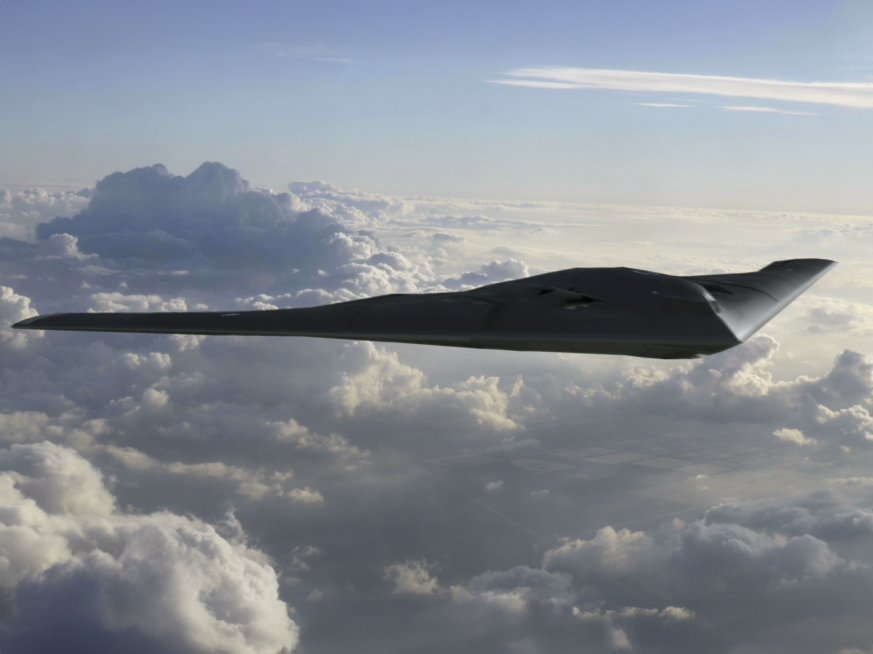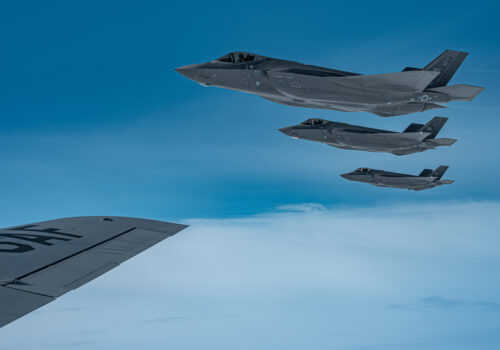Homeland defense in an era of new strategic threats
This issue brief is part of the Scowcroft Center for Strategy and Security’s National Defense Strategy Project, outlining the priorities the Department of Defense should address in its next NDS.
Executive summary
Threats to the US homeland have fundamentally changed from two decades ago. In the years following 9/11, the most pressing dangers came from terrorist groups intent on carrying out attacks on US soil. Today’s threat landscape is broader, more complex, and more difficult to predict. Peer-state competitors, transnational criminal organizations, and non-state actors now possess the means to target the US homeland through a range of kinetic and non-kinetic capabilities—including long-range missiles, cyberattacks, sabotage, disinformation, and malign foreign influence.
Responding to these evolving threats—designed to disrupt critical infrastructure, weaken public trust, and undermine the ability of the United States to project power abroad— requires a comprehensive approach to homeland defense that extends beyond border security. But how should the United States chart this new course, and what must it entail? The forthcoming National Defense Strategy (NDS), published by the Department of Defense (DoD), offers a critical opportunity to lay the groundwork for the next step in strengthening homeland defense.
Meeting this challenge requires a focus not only on large-scale air and missile defense and border security but also on the protection of critical defense systems—such as space infrastructure—from cyberattacks and coercive economic activities. The success of these efforts may well determine whether the United States can stay one step ahead of those seeking to do it harm.
View the full report
About the authors
Related content
Explore the program

Forward Defense leads the Atlantic Council’s US and global defense programming, developing actionable recommendations for the United States and its allies and partners to compete, innovate, and navigate the rapidly evolving character of warfare. Through its work on US defense policy and force design, the military applications of advanced technology, space security, strategic deterrence, and defense industrial revitalization, it informs the strategies, policies, and capabilities that the United States will need to deter, and, if necessary, prevail in major-power conflict.
Image: US Capitol police officer Angel Morales keeps watch in front of the Capitol in Washington February 17, 2012. REUTERS/Kevin Lamarque




